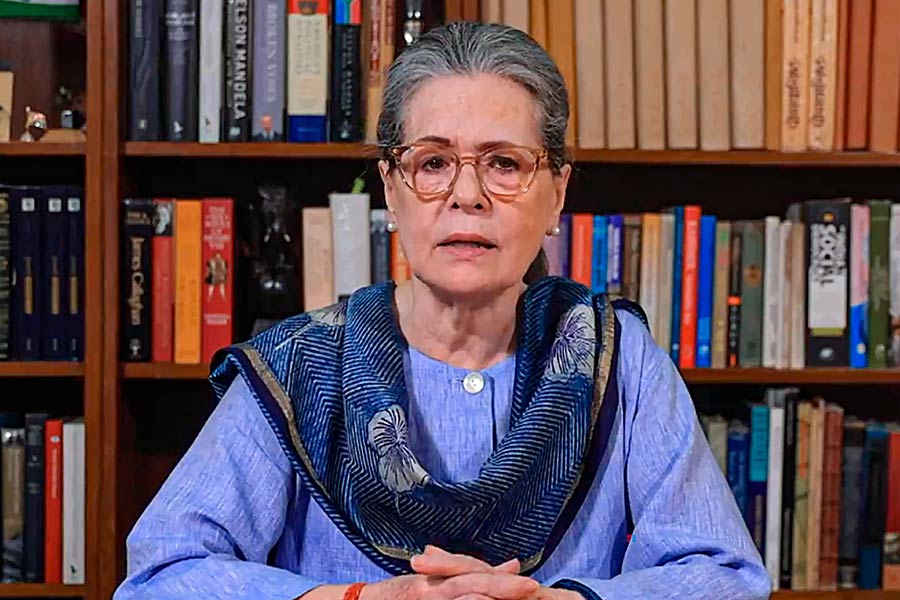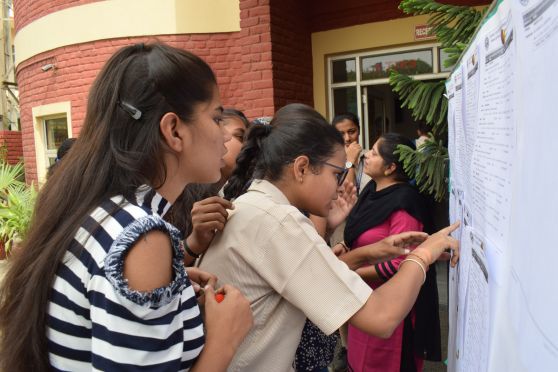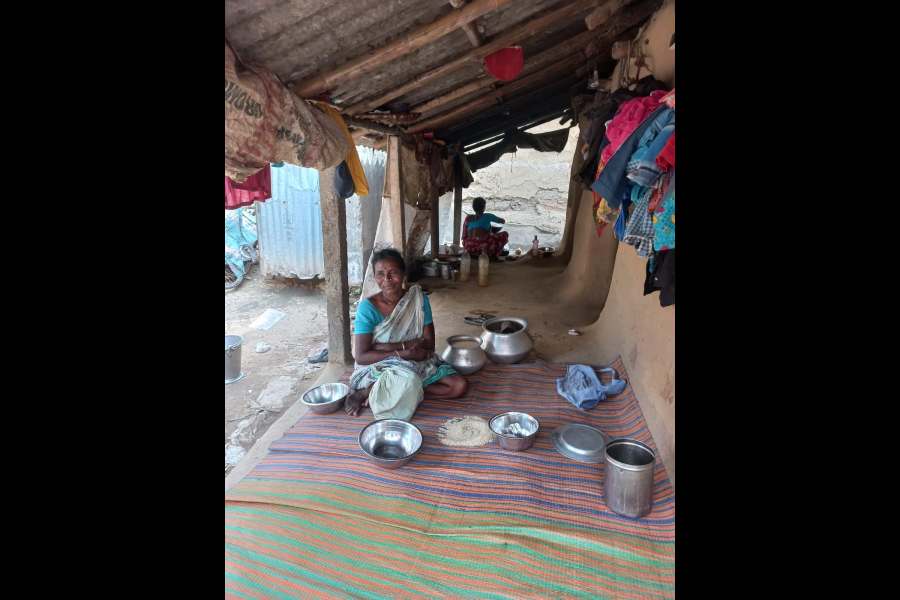Dr Graham’s Homes, a one-of-its-kind school in the country which has left its imprint across the globe, is tottering but a new administrative set-up has decided to start afresh the revival journey with its first meeting on November 2.
The school, which was set up by Reverend Dr John Anderson Graham in Kalimpong in 1900, mainly for “neglected” Anglo-Indian children, now has 1,499 students, including 387 boarders.
The school, however, has a staff strength of 362, including 74 teachers.
Sources said the school annually generated revenues of Rs 10.4 crore, of which almost Rs 8 crore was spent on paying salaries. “To be honest, we are always left into borrowing revenues of the next financial year,” said Wg.Cdr (retd) Prafulla Rao, vice-president, board of management.
Recently, the teachers suspended online classes for five weeks demanding implementation of the sixth pay commission. The sources said if the pay commission was to be implemented, the salary expenditure would jump up to Rs 15.5 crore annually.
The management, however, agrees that the teaching unit is the only wing that is generating revenue.
Dr Graham’s Homes follows a unique model.
Spread over 100 acres, the institution also runs a farm for dairy (which used to be sold in various places, including Calcutta) and poultry, bakery, clothing department and a hospital.
The students stay in groups of 30 to 35 in cottages. There are 12 cottages for boys and seven for girls.
“Overall, there are 54 main structures (including museum, gyms and chapel) and one can imagine the maintenance and renovation costs,” said Rao.
There is a general consensus among stakeholders that apart from the teaching unit, other wings like dairy, bakery and clothing department are not boosting the revenues. Overhead costs because of increase in salaries and allied reasons turned dairy and bakery into loss making units.
Senior teachers say the pay commission recommendation has come up after 13 years and the management should have had an insight into the financial challenge so that the most profitable unit of the institution is in a proper condition.
“The non-teaching staff also demanded a Puja bonus but an assurance was given to them (to pay hardship allowance). But no such promise was given to the teachers on the new pay scale,” said a senior teacher.
The teachers are willing to accept a written assurance that their arrears would be paid once the institution became financially strong.
Following the developments revolving around the teachers and non-teaching staff, a new 20-member board of management was formed with Michael Shane Calvert, who represents the Anglo-Indian community in the Bengal Assembly, as its president just a month ago.
The new board has for the first time formed a 15-member school management committee for a more “participatory” approach.
“The committee members will hold their first meeting on November 2,” said Calvert.
The board president admitted that their first concerns would be “how to better manage the finances, which are in the doldrums.”
“Then, we need to see how better to generate revenues, better manage resources and the excess staff. The school must survive and will survive,” Calvert told The Telegraph over the phone from Calcutta.The institution’s challenges aggravated after the 104-day Gorkhaland agitation in
2017.
“We lost about 200 to 250 students who didn’t join the following academic session,” admitted Neil Monteiro, principal, Dr Graham’s Homes.
Then, tuition fees to the tune of Rs 2 crore are yet to be realised because of the Covid-19 pandemic.
“Our classrooms are spread out, we don’t accommodate more than 35 students in a class. Yet, we have enough infrastructure to accommodate 1,900 students, including 800 boarders,” said Monterio.
Despite its huge infrastructure, Calvert said the management couldn’t crassly “commercialise” the school and it needed to uphold the “ethos of the institution.”
The school still sponsors children from underprivileged communities through its international committees, specially the one in the UK. There are such committees, many formed by ex-students, in Australia, New Zealand, Ireland and Japan, among other countries.
As an off-the-cuff suggestion, Calvert said the management might probably look into converting the hospital into a nursing training school. “We can also further strengthen our international committees,” said Calvert.
Other suggestions put forward by board members were consolidating the idea of hostel, instead of cottages, for better management and cost reduction and also opening up unused areas to tourism.
“One major area where investment is needed is infrastructure. The structures, which are more than a century old, need to be repaired,” said an official of Dr Graham’s Homes.
Enrolling more students is the easy way out but given the Covid pandemic and mushrooming of educational institutions in most cities, fingers are kept crossed on this option.










